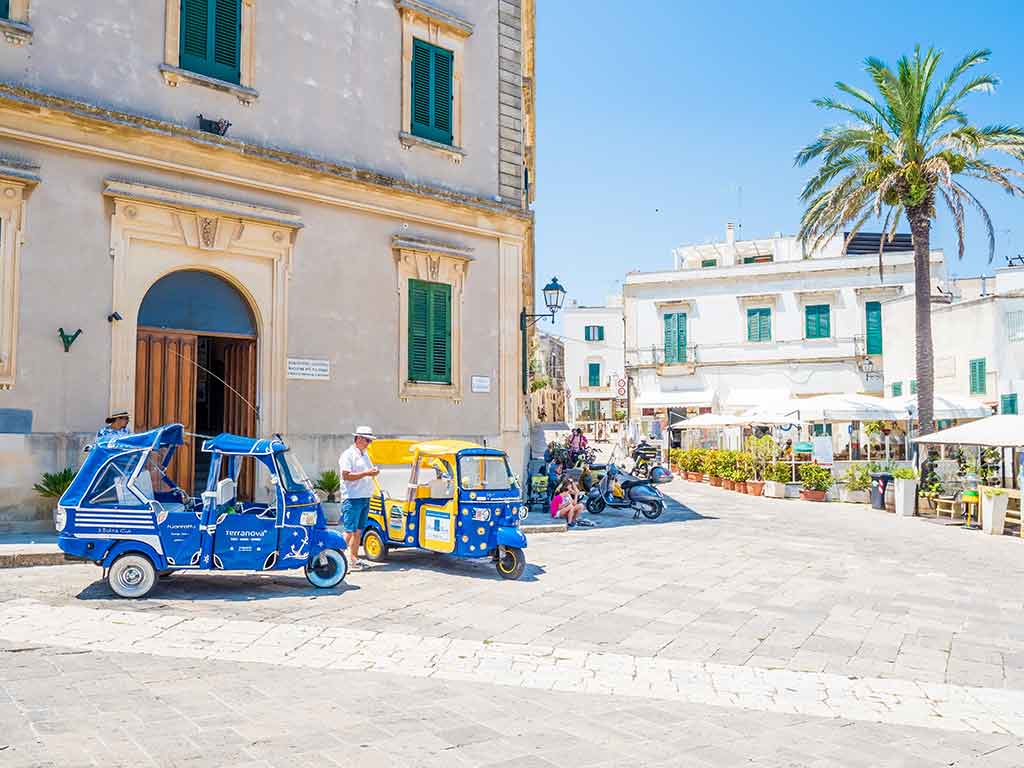Welcome
to Otranto Italy. If you’are planning to visit Otranto for your next trip and you are
looking for the best places to visit, here you’ll find tips and suggestions of most
popular point of interest and activities not to be missed in Otranto and surrounding.
Travelers will appreciate this italian town with
his rich historical and artistic heritage, local culture and environment. Discover the monuments, buildings, natural
treasures and all the details that characterize Otranto and its territory. Share and suggest a place you've
visited.

The historic center of Otranto in Salento
Beautiful Byzantine city known as the 'Gate to the Orient', Otranto offers the possibility to spend a beach, cultural and food and wine holiday.
If you visit the old town you will have the opportunity to be catapulted back in time. First of all, when you pass through the ancient front door you will feel like entering a court of a castle rather than a city amp; agrave;. The high defensive walls in fact give a sense of protection.
Very suggestive are the cobblestone alleys that you will have the opportunity to walk while you look at the windows of souvenir shops and craft shops, and visit the rich art galleries.
Traditionally white ceramics with blue decorations or the very colorful one gives the warmth of its sun, the red of tomatoes and red wine from Puglia, blue in all nuances of the wonderful sea. The modern and traditional workmanship of white limestone are also performed on request.
Beautiful hidden squares with houses that shyly face, hiding the entrance to the top of long stairs.
Otranto owns beautiful Byzantine churches. The Cathedral is beautifully embellished with mosaic floors that represent the tree of life with the history of the rsquo; humanity with Adam and Eve, animals and biblical and historical scenes. To look at it well, it takes a whole day.
Even the small Church of St. Peter is Byzantine and consequently richly decorated with beautiful paintings. Built in the 9th century, it is well preserved and is an authentic gem.
As for the historic side of the city instead, great testimony was left to us by the Aragonese Castle , structure with a rather lively history, as well as the city. Frederick II of Sweden had it built in 1228. Completely destroyed together with the city walls by the Turks in the fifteenth century, Alfonso of Aragon had castle and walls rebuilt, as we see it today.
written by David Robertson - Last update: 23/10/2021
This guide has been translated automatically through a third party service. Visititaly offers these automatic translations to help site visitors, however the automatic translations may contain inaccuracies, errors or inaccuracies. You can contact us to report inaccuracies or errors and we will check the translation.